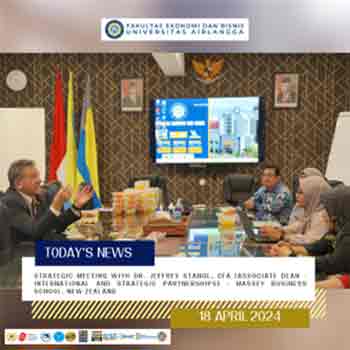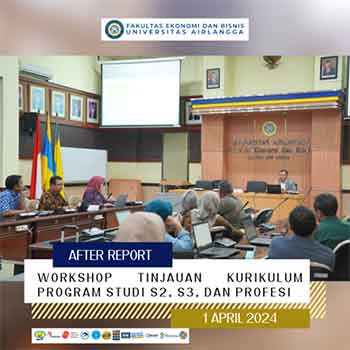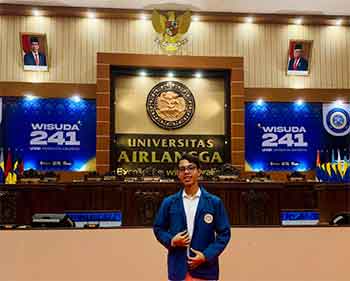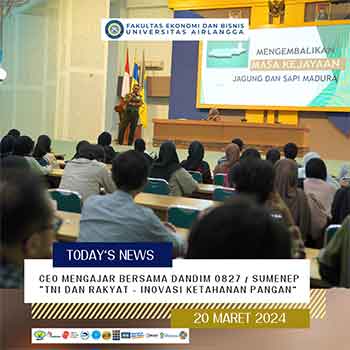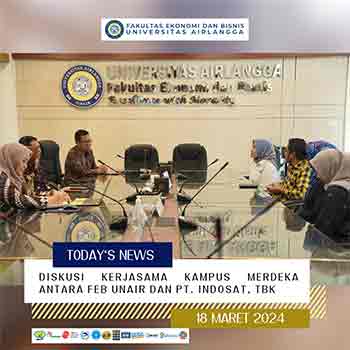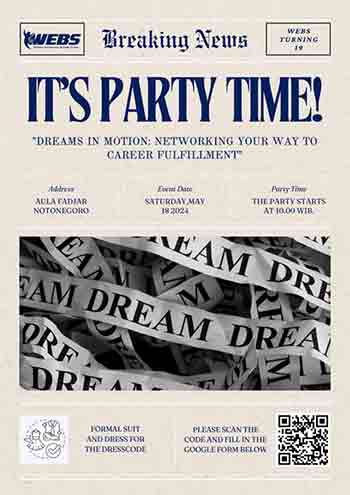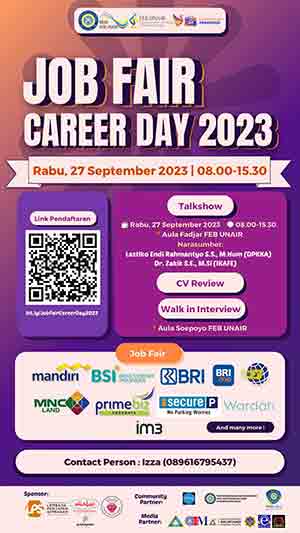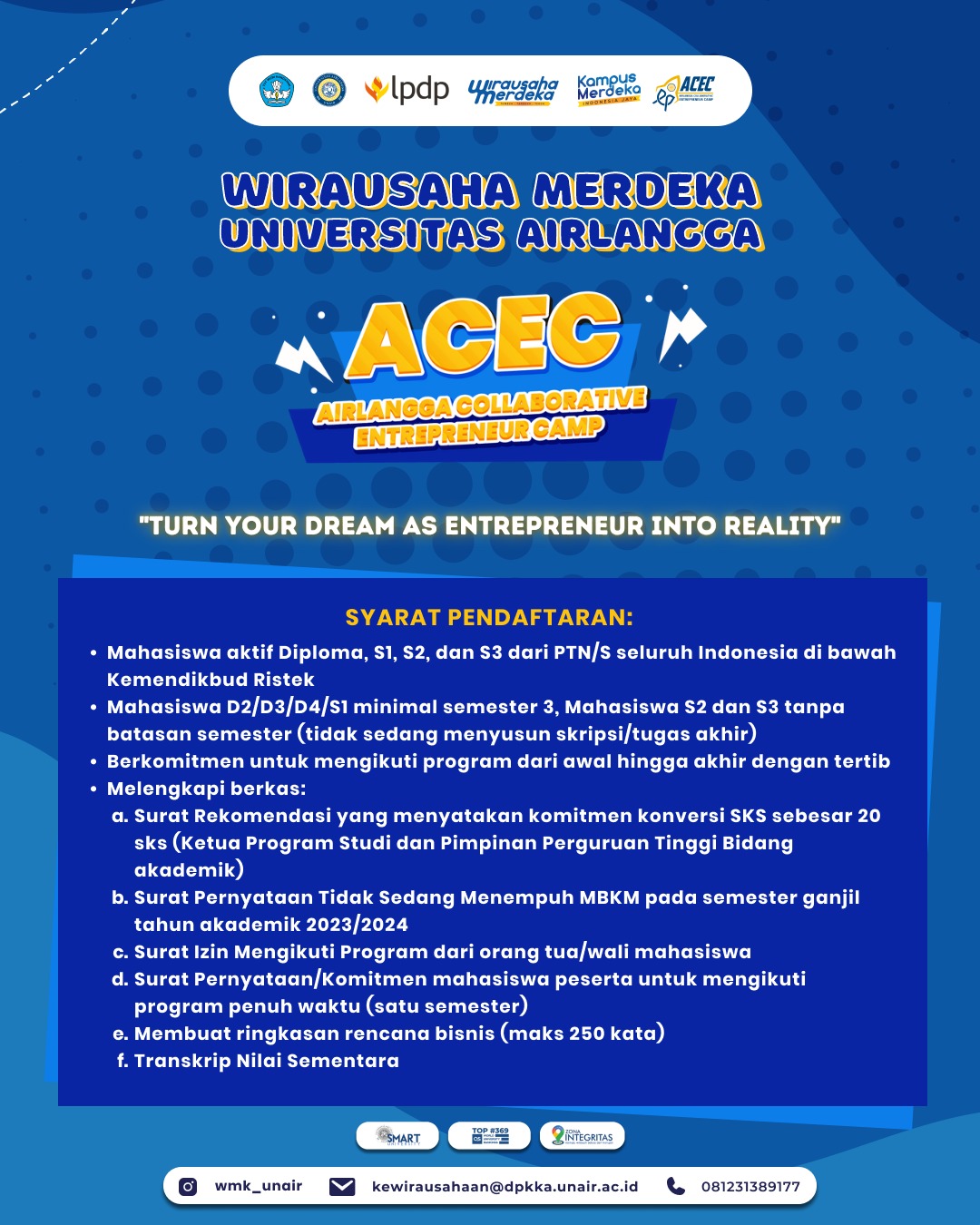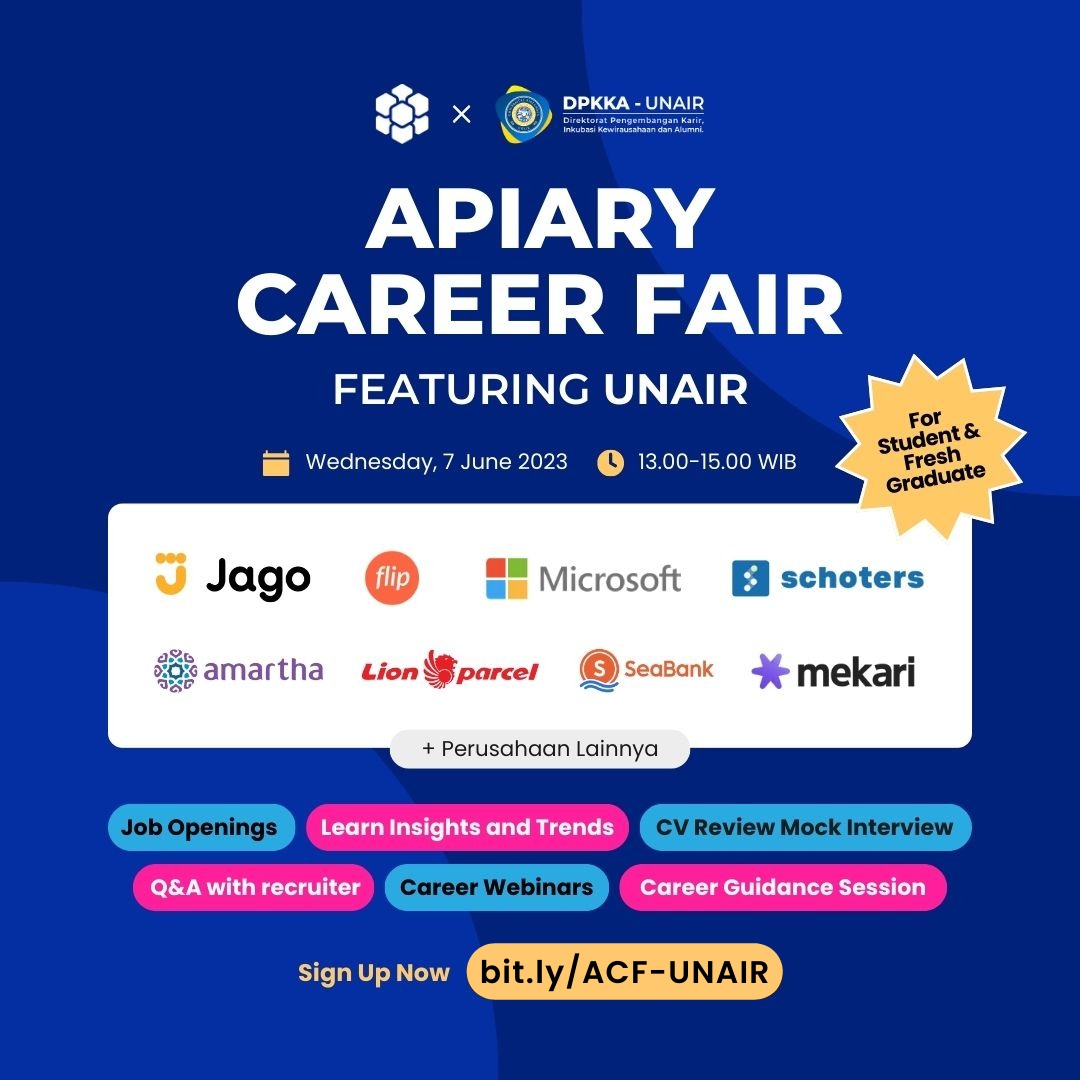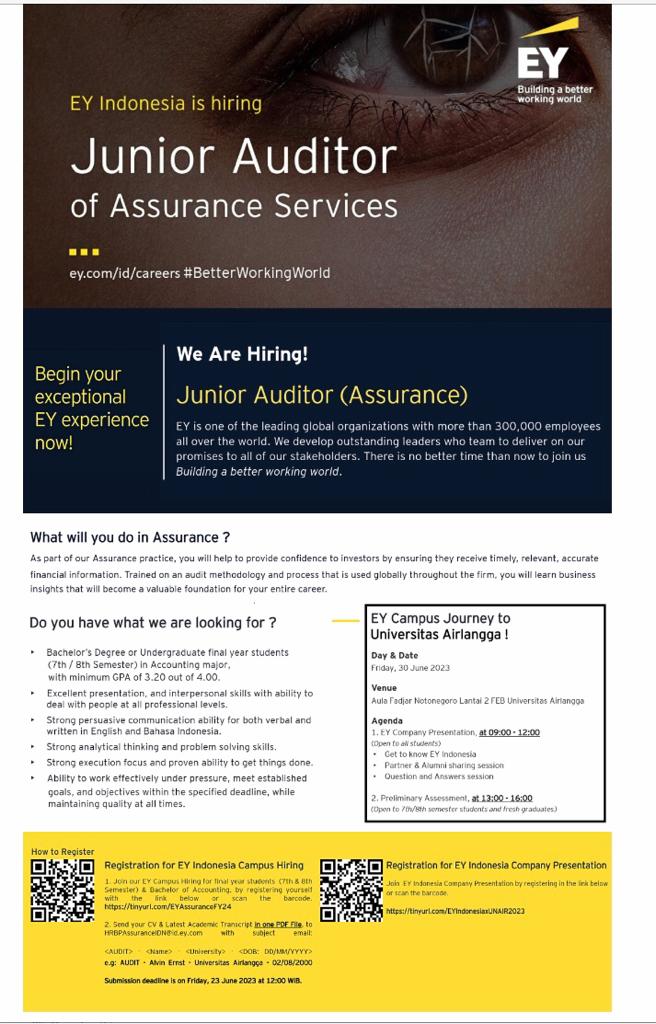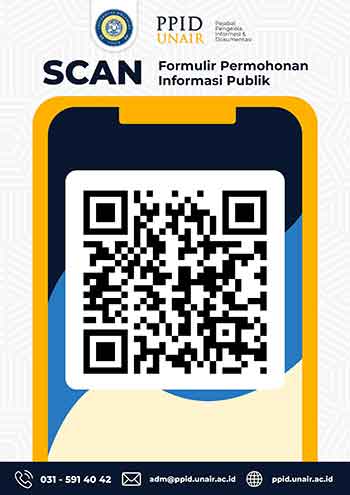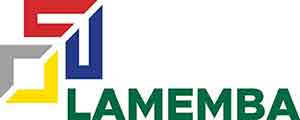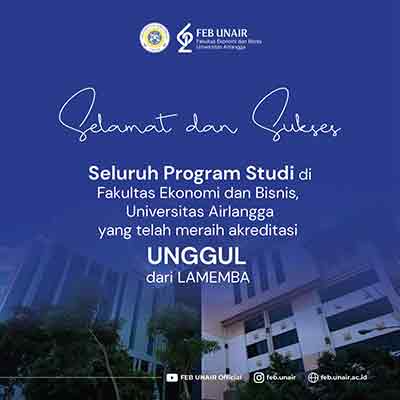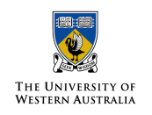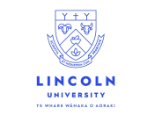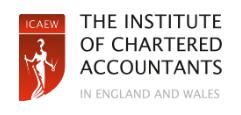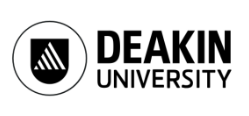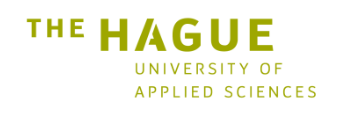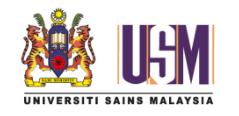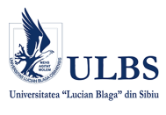ANALYSIS OF THE EFFECT OF INDUSTRIAL PROFITABILITY, WEIGHED FINANCIAL LEVERAGE RATIO AND WEIGHED CAPITAL INTENSITY AND MARKET SHARE ON “ROA” AND “ROE” OF GO-PUBLIC MANUFACTURING COMPANIES IN INDONESIA
Amount: ANALYSIS OF THE EFFECT OF INDUSTRIAL PROFITABILITY, WEIGHED FINANCIAL LEVERAGE RATIO AND WEIGHED CAPITAL INTENSITY AND MARKET SHARE ON “ROA” AND “ROE” OF GO-PUBLIC MANUFACTURING COMPANIES IN INDONESIA
Authors: Cyrilius Martono
Item Type: Thesis
Memberships: Master of Management Study Program, Faculty of Economics and Business Universitas Airlangga Surabaya, Indonesia
Publisher: Airlangga University
Abstract
The development of companies in the manufacturing industry in Indonesia, both in number and size of business, has implications for increasingly high competition between companies. Efficiency is one of the important aspects besides effectiveness that must be considered by companies in order to survive in business competition. Two performance measures that are often considered to measure a company's business efficiency are return on assets (ROA) and return on equity (ROE). In the context of business competition, efficiency considerations no longer only refer to internal efficiency but also external aspects. Therefore, this study places more emphasis on several ratios that emphasize a combination of internal and external aspects such as: weighted capital intensity ratio as an indicator of barrier to entry; market share that reflects the company's relative position in the market; the company's financial leverage ratio against the industry as an indicator of risk; and industry profitability as a general indicator of industry prospects. The four variables are related to external aspects but are very relevant to the company's efficiency so that it is an appropriate proxy as a determinant of the company's ROA and ROE. This study uses data on the financial statements of manufacturing companies that have gone public in Indonesia since 1994-1997 with a total sample of 41 companies per year. The analytical technique used is multiple regression analysis using data pooling. The t-test and F-test were used to test the research hypotheses. The results showed that; first, three variables, namely industry ROA, weighted capital intensity, and weighted financial leverage proved to have a significant effect on the company's ROA. Second, three variables, namely industrial ROE, weighted financial leverage, and market share proved to have a significant effect on ROE. Third, based on the R2 value, the results of the ROE regression analysis are more robust than the results of the ROA regression analysis. Fourth, industry profitability is proven to be superior in explaining ROA, while the superior variable in explaining ROE is a weighted financial leverage ratio
Keywords: RETURN ON ASSETS, RETURN ON EQUITY, INDUSTRY RATIO.
sources: http://repository.unair.ac.id/34822/






